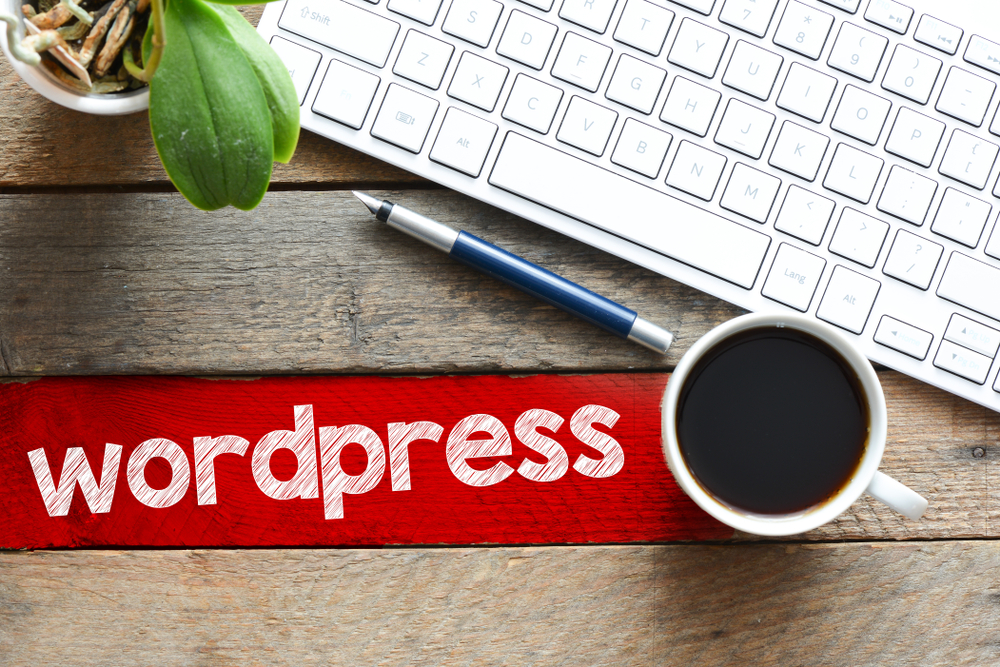
WordPress (or WP) is the go-to platform for millions of website owners and bloggers worldwide. Its flexibility, ease of use, and vast customization options make it a popular choice for individuals and businesses alike. If you are looking to take your WordPress (the platform for bloggers) site to the next level, this article will provide you with expert tips for customization and maintenance that will unlock its true potential.
1. Choose a Theme Wisely
The theme you select sets the overall look and feel of your WordPress (the blogging platform) site. There are thousands of themes available, both free and premium, so it's important to choose one that aligns with your brand and website goals. Look for a theme that is responsive, well-coded, and regularly updated by its developers to ensure compatibility with the latest WordPress version.
Additionally, consider the customization options offered by the theme. Some themes come with built-in customization tools, allowing you to tweak colors, fonts, and layouts without coding knowledge. Others may require some coding skills or a page builder plugin to achieve the desired look.
2. Take Advantage of Plugins
One of the greatest strengths of WordPress (WP) is its extensive library of plugins. These additional pieces of software extend the functionality of your site and enable you to add features and customization options that may not be available out of the box.
Whether you want to improve SEO, enhance security, boost site speed, or add social media integration, there is likely a plugin available for it. But be mindful of plugin overload – installing too many plugins can slow down your site and even introduce security vulnerabilities. Choose reputable, well-maintained plugins and regularly review and remove any that are no longer necessary.
3. Customize Your Site with Widgets
Widgets are a powerful tool for customizing the layout and functionality of your WordPress site. They allow you to add various elements to your sidebar, footer, or other designated widget areas, such as a search bar, recent posts, categories, social media icons, and more. You can easily drag and drop widgets to rearrange their order and customize their appearance through the WordPress Customizer.
Experiment with different combinations of widgets to optimize your site's usability and engagement. For example, you could add a newsletter signup form, an Instagram feed, or a popular posts widget to enhance user experience and encourage visitors to explore more of your content.
4. Optimize for Speed and Security
Website speed and security are crucial for user experience and search engine optimization. Slow loading times can significantly impact your bounce rate, while security breaches can expose sensitive user data and damage your reputation.
To optimize your WordPress site for speed, consider implementing caching plugins, minifying your CSS and JavaScript files, and optimizing images. Additionally, choose a reliable web hosting provider and keep your site updated with the latest WordPress version and plugin versions.
To enhance security, use strong passwords, limit login attempts, and install security plugins that can help detect and prevent potential threats. Regularly back up your site to ensure you can recover in the event of a security breach or data loss.
5. Stay Updated and Backed Up
WordPress releases regular updates to improve security, fix bugs, and introduce new features. It's crucial to stay updated with these releases to ensure your site remains secure and functions optimally. Enable automatic updates for minor WordPress releases, but exercise caution with major updates, as they may require compatibility checks with your theme and plugins.
Backing up your WordPress site regularly is vital to safeguard against data loss. Many hosting providers offer automated backup solutions, or you can use plugins specifically designed for this purpose. Storing backups offsite, such as on cloud storage or offline storage devices, adds an extra layer of protection against emergencies or server failures.
Frequently Asked Questions
1. How do I install a new theme on WordPress?
To install a new theme on WordPress, navigate to the "Appearance" section in your admin dashboard and click on "Themes." From there, you can select "Add New" and either upload a theme file in ZIP format or search for available themes in the WordPress theme directory.
2. Can I customize a WordPress theme without coding?
Yes, you can customize a WordPress theme without coding knowledge. Many themes come with built-in customization options that allow you to change colors, fonts, layouts, and more. Additionally, there are page builder plugins available that make customization a breeze with drag-and-drop functionality.
3. How many plugins should I install on my WordPress site?
It's recommended to install only necessary plugins on your WordPress site. While there is no hard limit, installing too many plugins can impact site speed and potentially introduce security vulnerabilities. Regularly review and remove any plugins that are no longer necessary.
4. How can I make my WordPress site load faster?
To make your WordPress site load faster, consider implementing caching plugins, optimizing image sizes, minifying CSS and JavaScript files, and choosing a reliable web hosting provider. It's also essential to regularly update WordPress and plugins to ensure optimal performance.
5. How often should I back up my WordPress site?
It is recommended to back up your WordPress site regularly, especially before major updates or changes. Automated backup solutions are available through hosting providers or plugins, and it's advisable to store backups offsite to protect against server failures or emergencies.
In conclusion, WordPress offers immense potential for customization and maintenance. By carefully choosing a theme, utilizing plugins and widgets, optimizing for speed and security, staying updated, and backing up your site, you can unleash the full power of WordPress and create a truly personalized and secure online presence.
Other useful resources
- https://www.wordpress24plus.com/topics/wordpress-tips-and-tricks/
- https://www.wordpress24plus.com/services/wordpress-development/
- https://www.wordpress24plus.com/wordpress-tools-directory/wordpress-plugins/
- https://www.wordpress24plus.com